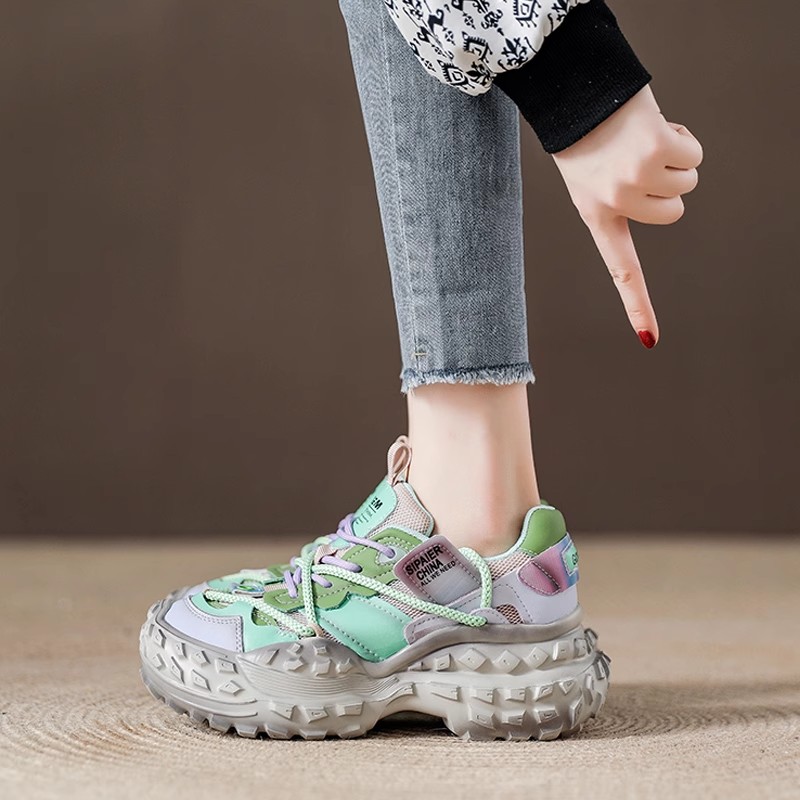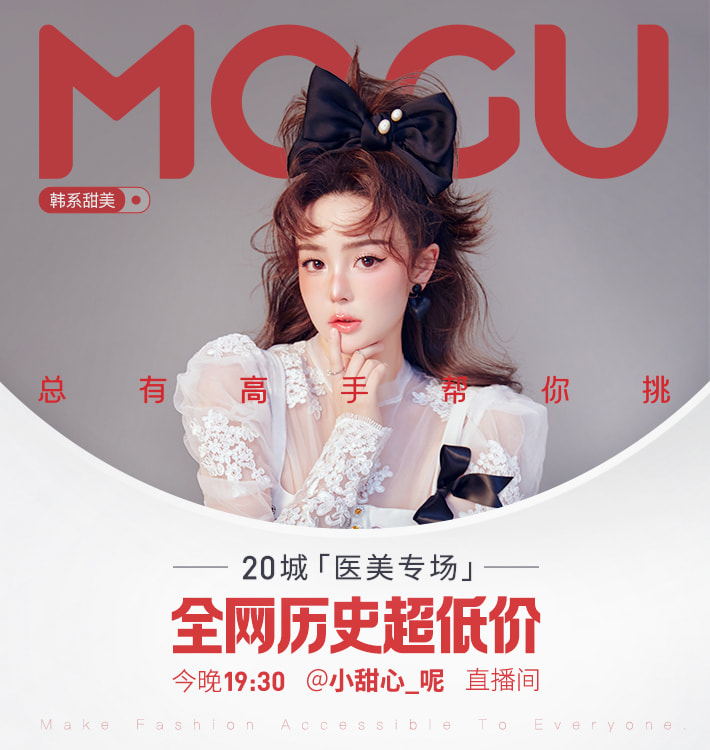When the needle and thread sew green: The fashion profession leads the sustainable fashion revolution
When the needle and thread sew green: The fashion profession leads the sustainable fashion revolution
Behind every piece of clothing lies a silent story - perhaps a journey, or perhaps a choice. Today, this story is being rewritten: The traditional fashion industry is urging the industry to seek a path of change at a heavy cost of 10% of global carbon emissions and 92 million tons of textile waste each year.
Sustainable fashion is by no means a slogan; it has been implemented as the core mission of the fashion profession:
The green transformation of materials: Organic cotton, tencel, and recycled polyester are no longer niche. From the fields to the laboratory, nature and technology are working together to reshape the DNA of clothing.
The awakening of craftsmanship: Low-pollution dyeing, water-saving technology, zero-waste pattern design - every link on the production line is learning to reconcile with the Earth.
The fair yardstick: When a piece of clothing is purchased, what lies behind it is whether the workers receive reasonable remuneration? Sustainable fashion solemnly places "people" at the center of the value chain.
The new narrative of circulation: The rise of second-hand consignment platforms, brand recycling programs, and the trend of transforming old clothes - the "cradle-to-cradle" model is ending the linear fate of clothing.
Industry pioneers are proving through their actions that beauty and responsibility can coexist:
Stella McCartney has persisted for many years in refusing to use leather and fur, transforming mushroom mycelium into high-end and luxurious materials.
Patagonia's "Worn Wear" project gives new life to old equipment and practices the simple truth of "buy less and repair more".
Local brands such as JNBY continue to invest in the research and development of eco-friendly fabrics, interweaving Oriental aesthetics with green technology.
As a consumer, your wardrobe can also be the starting point of change:
1.Embrace slow fashion and invest in high-quality, classically designed items
2. Learn to interpret "green labels" and support transparent supply chain brands
3. Try transforming old clothes and conducting second-hand transactions to extend the life cycle of your garments
4. Make good use of care knowledge to reduce washing loss
Students and practitioners of the fashion major, in your hands are not only brushes and scissors, but also tools to shape the future. From design sketches to production details, every choice is defining the future of fashion.
True fashion never makes the Earth pay the price. This green revolution, which began with needle and thread and ended with responsibility, is sewing together a better world - a piece of clothing, a choice, can all become the fulcrum of change.
Sustainable fashion is not a compromise at the expense of aesthetics, but a brand-new dimension of design wisdom - it enables clothes to carry meaning and allows choices to demonstrate value.





